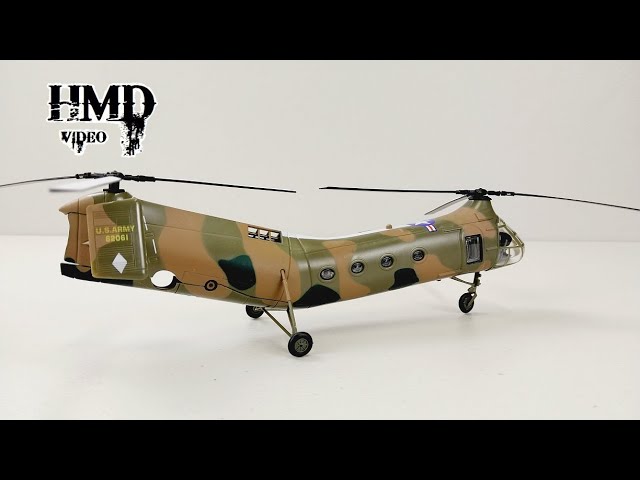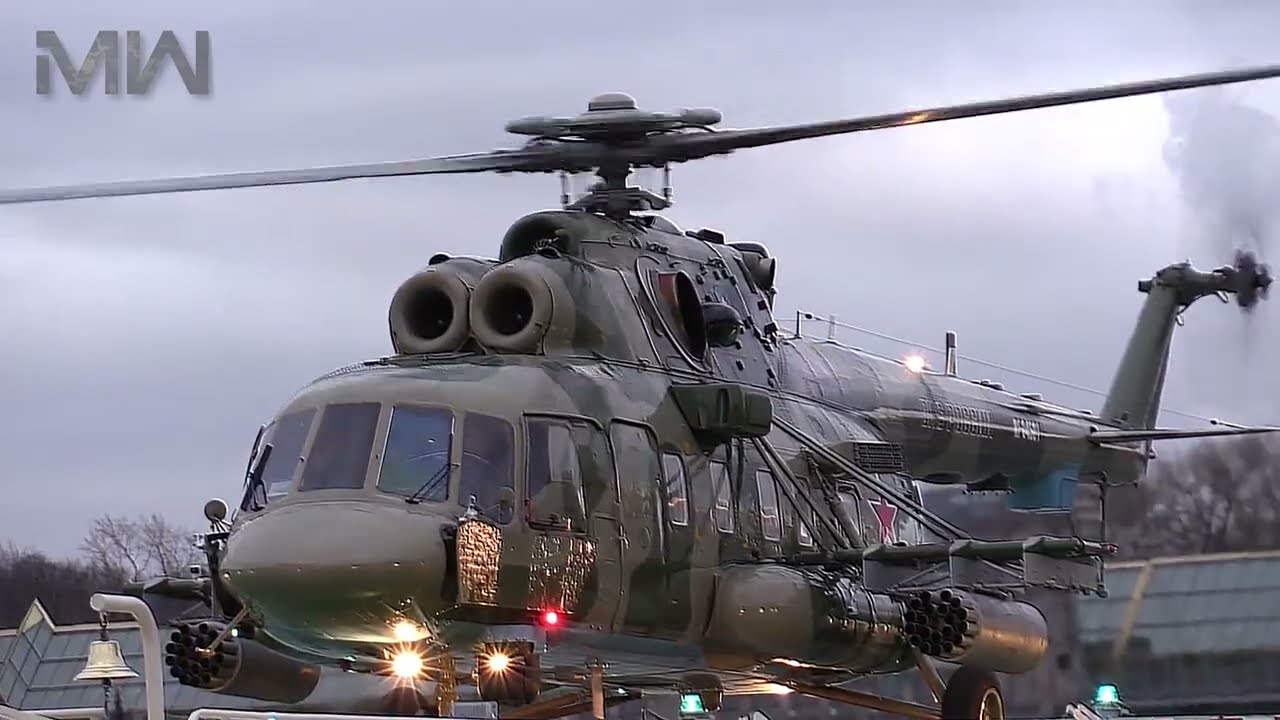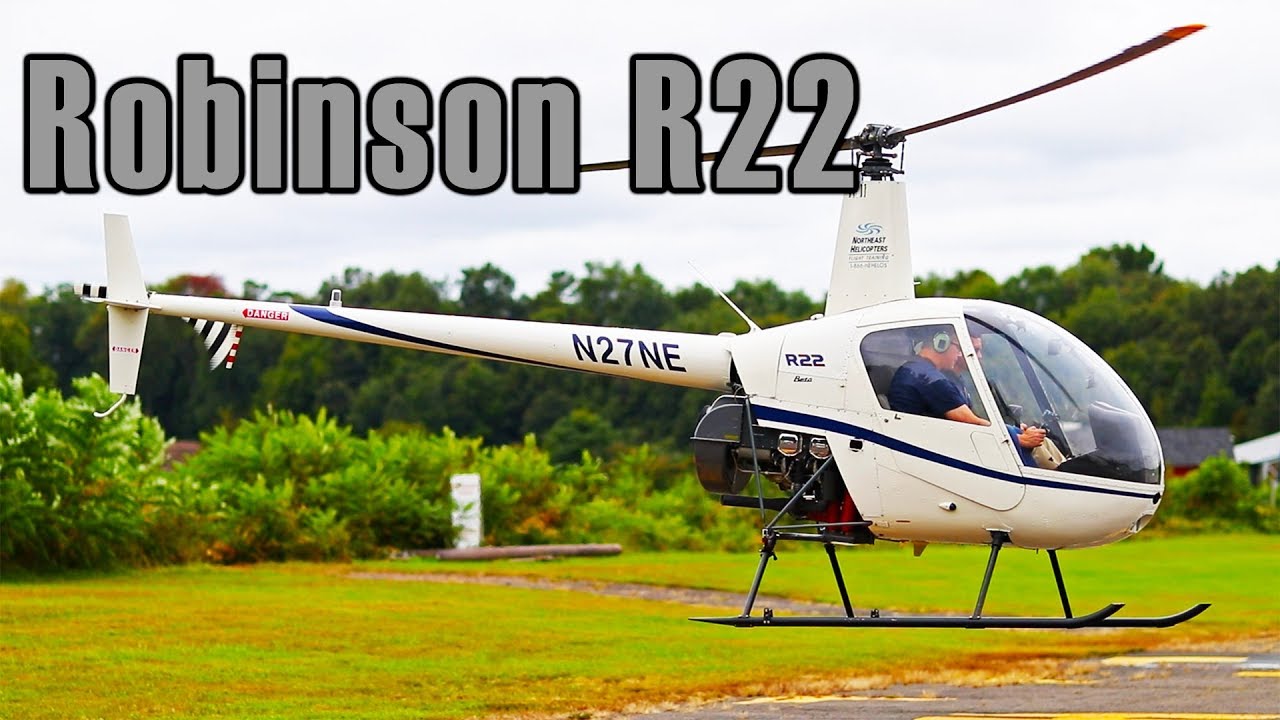The Origins and Development of the Piasecki H-21 Workhorse
The Piasecki H-21 Workhorse, also affectionately known as the “Flying Banana” due to its distinctive fuselage shape, emerged as a pivotal helicopter design during the mid-20th century. Its origins can be traced back to the innovative mind of Frank Piasecki, a pioneer in the field of rotorcraft engineering. In the post-World War II era, there was a burgeoning demand for versatile helicopters that could perform a variety of roles, from troop transport to search and rescue missions. Recognizing this need, Piasecki and his team embarked on developing a helicopter that could meet these multifaceted requirements.
Development of the H-21 began in the late 1940s, with its first flight taking place in 1952. It was initially conceived to serve the United States Air Force as an Arctic rescue helicopter, capable of operating in extreme weather conditions. The design featured tandem rotors, which were instrumental in providing the stability and lift necessary for carrying heavy loads. This innovative rotor configuration allowed the H-21 to transport up to 20 fully-equipped troops or significant amounts of cargo, making it a versatile asset in military operations. As the helicopter’s capabilities became more widely recognized, it was adopted by various branches of the U.S. military and allied forces.
The development of the H-21 Workhorse also marked a significant evolution in helicopter technology. Its robust design and reliable performance in harsh environments demonstrated the potential of rotary-wing aircraft to perform tasks previously thought to be the domain of fixed-wing planes. The H-21’s success paved the way for future advancements in helicopter engineering, influencing subsequent designs and contributing to the broader acceptance of helicopters in both military and civilian applications. The legacy of the Piasecki H-21 is evident in its enduring impact on helicopter development and its continued presence in aviation history.
Design Features and Specifications of the Piasecki H-21 Workhorse
The Piasecki H-21 Workhorse, often recognized for its distinctive tandem rotor configuration, was a groundbreaking helicopter in its era. Designed primarily for transport missions, the H-21 boasted a unique banana-shaped fuselage that enhanced its aerodynamic efficiency and provided substantial lift capabilities. This innovative design allowed it to operate in diverse environments, including arctic conditions, where its enclosed cockpit and cabin offered improved protection against harsh weather. The aircraft’s ability to perform vertical takeoffs and landings made it exceptionally versatile, fulfilling roles ranging from troop transport to medical evacuation and cargo delivery.
At the heart of the Piasecki H-21’s performance was its robust powerplant, typically featuring a single Wright R-1820 radial engine. This engine delivered approximately 1,425 horsepower, enabling the helicopter to achieve a maximum speed of around 130 mph and a service ceiling of 19,200 feet. The H-21’s impressive range of up to 400 miles made it a valuable asset for extended missions, while its payload capacity of over 4,000 pounds ensured it could carry substantial loads. The tandem rotor system not only contributed to its distinctive appearance but also provided enhanced stability and control, crucial for the varied operational demands placed on this aircraft.
Key Specifications of the Piasecki H-21 Workhorse:
- Engine: Wright R-1820 radial engine
- Horsepower: Approximately 1,425 hp
- Maximum Speed: 130 mph
- Service Ceiling: 19,200 feet
- Range: Up to 400 miles
- Payload Capacity: Over 4,000 pounds
The interior of the H-21 was designed to accommodate a variety of mission-specific configurations. It could carry up to 20 fully equipped troops or be outfitted with stretchers for medical evacuation purposes. The aircraft’s spacious cabin was accessible via large side doors, facilitating quick loading and unloading. Additionally, the H-21 featured retractable landing gear, which contributed to its aerodynamic profile during flight. These design elements underscored the Workhorse’s adaptability, making it a vital component of military and civilian operations during its service life.
The Role of the Piasecki H-21 Workhorse in Military Operations
The Piasecki H-21 Workhorse, affectionately known as the “Flying Banana” due to its unique fuselage design, played a crucial role in military operations during its service period. Introduced in the early 1950s, this tandem-rotor helicopter was primarily designed for Arctic rescue missions. However, its versatility quickly made it an invaluable asset in various military scenarios. Its robust design and capability to operate in extreme weather conditions allowed it to perform a wide range of tasks, from troop transport to medical evacuation and logistical support.
In the context of military operations, the H-21 was particularly prominent during the early stages of the Vietnam War. Its ability to carry up to 20 troops or 12 stretchers made it an essential tool for the U.S. Army and Air Force, facilitating rapid troop deployment and medical evacuation in challenging terrains. The helicopter’s design enabled it to perform in the dense jungles of Vietnam, where traditional fixed-wing aircraft struggled. The H-21’s rotor configuration provided the necessary lift and maneuverability, making it a reliable choice for missions that required quick and efficient transport of personnel and supplies.
Moreover, the H-21 Workhorse contributed significantly to the development of helicopter tactics and operations. As one of the first helicopters used in large-scale troop movements, it helped pioneer the concept of air mobility, which became a cornerstone of modern military strategy. Its operational use demonstrated the strategic advantage of deploying troops directly into combat zones, thereby reducing response times and increasing the effectiveness of military operations. The experience gained from utilizing the H-21 in these roles informed future helicopter designs and military doctrines, underscoring its lasting impact on aerial warfare tactics.
Civilian Applications of the Piasecki H-21 Workhorse
The Piasecki H-21 Workhorse, originally designed for military purposes, found a variety of civilian applications due to its unique capabilities. This tandem-rotor helicopter became a valuable asset in sectors requiring heavy-lifting and transportation in challenging environments. One of its primary civilian uses was in the logging industry, where its ability to transport large loads in difficult terrains proved invaluable. The H-21 could reach remote logging sites, facilitating the movement of timber from otherwise inaccessible areas, thus boosting efficiency and reducing costs for logging companies.
In addition to the logging industry, the Piasecki H-21 Workhorse also played a significant role in construction and infrastructure projects. Its robust design and powerful lifting capacity made it ideal for transporting heavy equipment and materials to sites that were not easily accessible by traditional means. Construction companies leveraged the H-21’s capabilities to expedite projects in rugged terrains and urban settings alike, where ground transportation was either impractical or too slow. The helicopter’s ability to hover and precisely place loads also made it an excellent tool for assembling structures and installing components at height.
Moreover, the Piasecki H-21 found applications in the realm of aerial firefighting and search and rescue operations. Equipped with the ability to carry large quantities of water or fire retardant, the H-21 was used to combat wildfires, especially in remote and forested areas. Its versatility and capacity for rapid deployment made it a vital resource for firefighting agencies. In search and rescue missions, the helicopter’s spacious cabin and powerful lift enabled the transport of rescue teams and the evacuation of stranded individuals, even in adverse weather conditions. The adaptability of the H-21 to such diverse civilian applications highlights its enduring legacy beyond military service.
The Legacy and Impact of the Piasecki H-21 Workhorse
The Piasecki H-21 Workhorse, affectionately known as the “Flying Banana” due to its distinctive fuselage shape, carved a unique niche in aviation history with its remarkable versatility and adaptability. Introduced in the early 1950s, the H-21 played a pivotal role in various military and civilian operations, showcasing its capability to perform in challenging environments. Its tandem rotor design, an innovative feature at the time, allowed it to operate in extreme temperatures and altitudes, making it indispensable in locations such as Alaska and the mountainous terrains of Vietnam.
The H-21’s impact extended beyond its operational capabilities. It was a trailblazer in vertical lift technology, setting the stage for future helicopter designs. The helicopter’s ability to carry heavy loads and transport troops efficiently demonstrated the potential of rotary-wing aircraft in military logistics and tactical operations. Its design and engineering influenced subsequent generations of helicopters, contributing to the development of more advanced rotorcraft that continued to expand the possibilities of aerial transportation.
In the civilian sector, the Piasecki H-21 Workhorse proved invaluable in industries such as logging, construction, and search and rescue. Its capacity to carry substantial payloads and operate in rugged terrains made it a favorite among operators who required reliable and robust aerial solutions. The helicopter’s legacy is also evident in its contribution to the evolution of aerial firefighting techniques, where its ability to transport water and firefighting equipment to remote areas helped shape modern practices.



